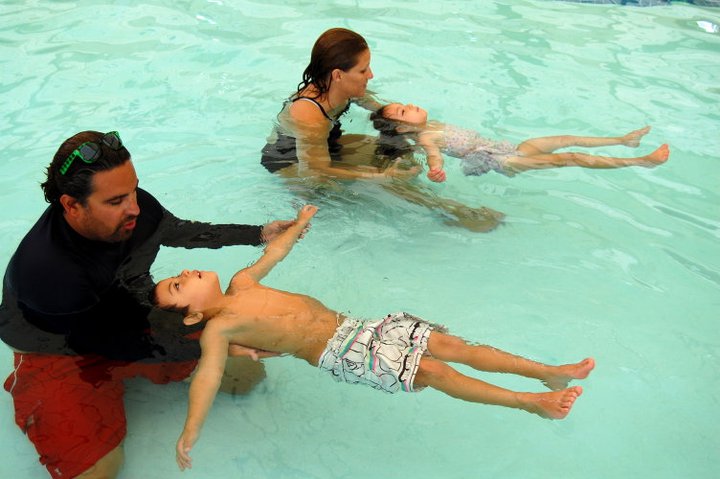
Swimming Lessons and Water Safety Best Practices
Death and injury from drowning happen every day in pools; natural bodies of water; toilets; bathtubs; and even buckets. The statistics are staggering: ten people drown every day for a total of 3,400 each year. It’s a leading cause of accidental death among children of all ages and the single leading cause of injury-related death among children ages one to four.
Drowning can happen almost anywhere to anyone as several families learned in October of this year after heart-wrenching tragedies struck. Four children drowned over a three-week period in Florida. Two drowned at backyard pool parties; another slipped through a sliding glass door that was left open; and one involved a young boy with Autism who wandered into a neighbor’s pool. Parents in Jackson, Mississippi mourned the bathtub drowning death of their eight-month old daughter and a family in Michigan grieved for their seven-year old son who drowned while trying to catch frogs in a family pond.
Although swimming lessons don’t necessarily prevent drowning and are not a substitute for adult supervision, it’s important to teach children to swim. According to the American Academy of Pediatrics, most children age four and older can learn to swim. Children ages one to four might be able to learn depending on their physical and emotional development. Several organizations, such as the American Red Cross, Boys & Girls Clubs, YMCAs and municipal and neighborhood pools provide low-cost and even free swimming lessons.
The key to preventing these heartbreaking disasters is education and knowledge. Instill a culture of water safety by following these best practices.
- Supervise. Never leave children unsupervised near a body of water, including a bath. The families of drowned children know that it can happen in a matter of seconds. If children are near water, you should never presume that someone else is supervising them. Children under age four should be supervised at arm’s length, even if they can swim. Don’t rely on air-filled or foam toys, such as water wings, noodles or inner tubes, to keep children safe.
- Learn CPR. All parents and childcare providers should learn cardiopulmonary resuscitation (CPR). Many organizations such as the American Red Cross, fire departments and hospitals offer CPR certification courses.
- Avoid alcohol. Don’t drink alcohol when you are boating, swimming or supervising children who are swimming or playing in water.
- Fence in home pools and add alarms. Install a fence at least four feet (1.2 meters) tall that separates the pool area from the house and yard. Install self-closing and self-latching gates that open away from the pool and alarms that sound an alert when someone enters the pool.
- Stay in designated areas. At public beaches, swim only in areas set aside for swimming. Pay attention to posted warnings about unsafe swimming conditions. Don’t allow children to swim in drainage ditches, abandoned surface mines or other water-filled areas not intended for swimming.
- Watch out for thin ice. Drowning can occur in cold weather, too. Avoid walking, skating or riding on weak or thawing ice. Pay attention to posted warnings regarding ice safety and consult a local department of recreation for current ice conditions.
- Keep bathroom doors closed. Install a safety latch or door-knob cover on the outside of the door.
- Store buckets and containers safely. Immediately empty buckets and other containers after use. Don’t leave them outside where they might accumulate water.
Help us eliminate drowning and save lives so no families suffer. Your donation can help keep more kids safe. Together, we can have a future where no one drowns.




